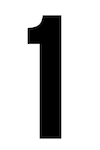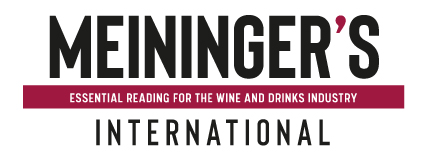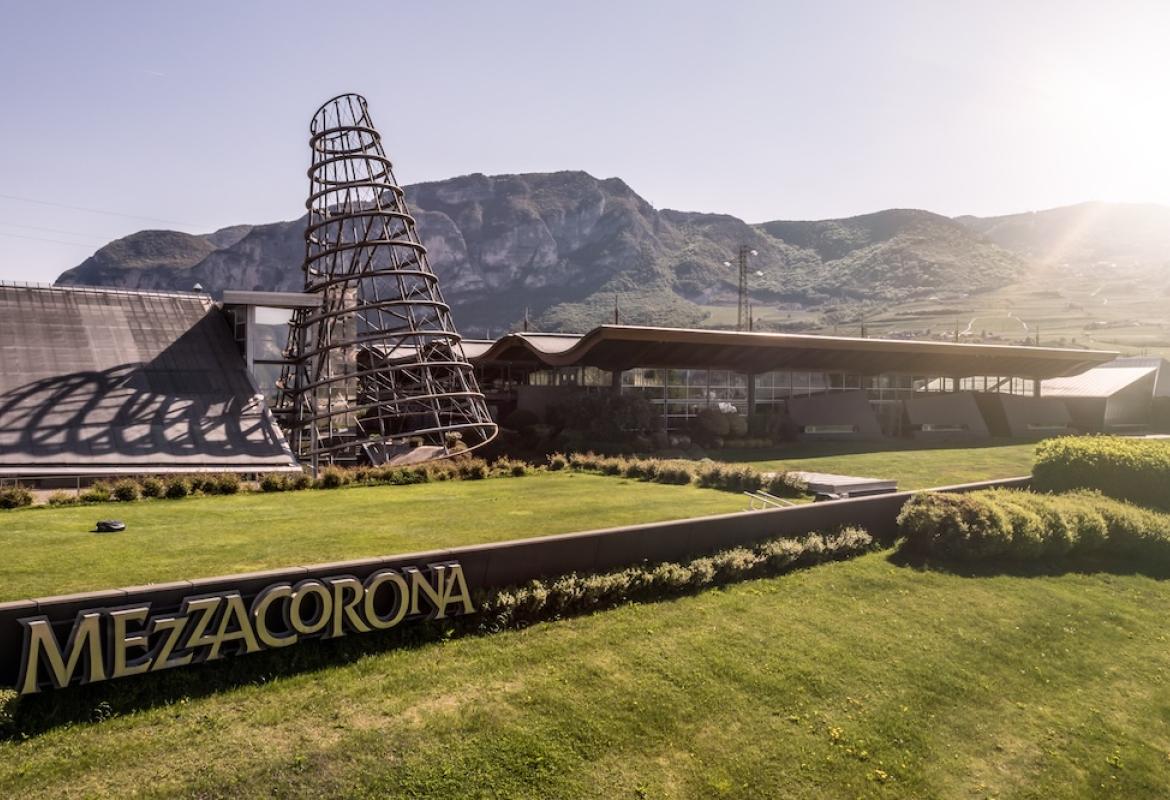One of the most difficult parts of creating a Top 10 list of wineries is working out exact volumes and values — many of the world’s top companies are privately held, and don’t reveal that information. Even publicly listed companies don’t always give volumes in their mandatory annual reports. So while all the companies on this list belong to the Top 10, their actual ranking is something of an educated guess and can shift rapidly.
Notable trends among the big companies include: a race to premiumisation and luxury; an expansion into spirits and RTDs; and more non-alcoholic offerings.
 Gallo
Gallo
Founded in Modesto, California in 1933 by Ernest and Julio Gallo, the winery was already the largest in the USA by 1966. Today, it’s far and away the largest in the world — and getting bigger. For s decade, the company has been on an acquisition drive, snapping up key vineyards and brands from around California.
In 2021 it bought more than 30 brands from Constellation, while in 2023 it made headlines with the purchases of Rombauer in St. Helena, known for its bestselling Chardonnay. In August 2023, it bought Massican, the premium white wine brand created in 2009 by Dan Petroski.
Gallo opened a spirits plant in South Carolina in 2022, and is expanding production. The business magazine Forbes estimates Gallo's turnover at US$5bn (€4.6bn). Unlike other diversified companies, wine accounts for the majority of the business.
 Constellation Brands
Constellation Brands
In the past few years, Constellation has sold dozens of its entry-level tier brands to other wine companies, and is now transforming its core Robert Mondavi range into a fine wine brand. According to Wine Business Monthly, it’s renovating the winery’s hospitality centre, opening a tasting room in Napa, and gradually taking the Robert Mondavi name of its mass market wines like Woodbridge.
In the 2023 financial year (until February 28, 2023), wine sales amounted to US$ 1.7bn (approx. €1.6bn). In the first nine months of the current financial year, it fell by a further 10%. In 2023 it bought luxury Napa brand Domaine Curry, plus acquired a stake in the alcohol-free TÖST. Its goals this year include expanding its international footprint and its DtC offerings, and to focus more on streaming and social content.

 Treasury Wine Estates (TWE)
Treasury Wine Estates (TWE)
In 2022, TWE made Penfolds into a multi-country brand, with the Penfolds name now appearing on wines from California and France, including a Champagne. It also introduced its 'One by Penfolds' range of Chinese wines. This was seen as a strategy to circumvent the Chinese punitive tariffs on Australian wines and at the same time to further capitalize on the brand's reputation in China.
The Australian media says these kept TWE on track financially at a time when other Australian companies are facing headwinds. TWE’s luxury portfolio now accounts for 50% of global sales.
In May 2023, TWE sold a number of vineyards in Australia, plus its Karadoc winery, where its commercial wines were made. Last October it paid US$ 1bn for Daou Vineyards in California, and went on to buy a Marlborough, New Zealand vineyard in November.

 The Wine Group (TWG)
The Wine Group (TWG)
Last year was a big year for The Wine Group, as a number of senior executives retired, including their Chief Operating Officer, Chief Marketing Officer and Chief Finance Officer.
The shake-up comes a year after TWG bought six wine brands — Cooper & Thief, Crafters Union, The Dreaming Tree, Monkey Bay, 7 Moons, and Charles Smith Wines — from Constellation. Media reports say the company is looking to move into the premium and luxury segments of the market. Other major brands include Cupcake, Franzia and Benzinger.
Established in 1981, The Wine Group does not disclose revenues or volumes, but media estimates put volumes at more than 500 million bottles. This means that The Wine Group is likely to exceed the billion Euro sales mark.
 Trinchero
Trinchero
The Californian based company is the world’s second-largest family-owned winery, with more than 50 brands sold in around 50 countries. Wines include the blockbuster successes of Sutter Home and Ménage à Trois, while its FRE is the number one alcohol-free wine in the USA.
Trinchero imports brands from Italy, Australia and New Zealand, and is building its luxury portfolio in its Heritage Wine Division. It also has a growing Spirits & Specialty Beverage division.


 Concha y Toro
Concha y Toro
Founded in 1883, Viña Concha y Toro has more than 12,000 ha in Chile, Argentina and the US. Its brands include Casillero del Diablo, Trivento from Argentina, and Bonterra from California, plus the ultra-premium Don Melchor and Almaviva, a joint venture with Baron Philippe de Rothschild.
Concha y Toro sells wine to more than 100 countries. In 2017 it began a premiumisation strategy, and is looking to raise prices in key export markets. It also has a strong focus on sustainability; its Bonterra Estate Collection are some of the first wines in the world to achieve Regenerative Organic certification.
Milestones in 2023 include signing a partnership with China’s COFCO Wine & Wine distributor, and launching a new low-calorie range under the Belight brand. After generating sales of €837m in 2022, the company recorded a decline of 7.4% in the first nine months of 2023.

 Accolade Wines
Accolade Wines
It was not a good year for the Australian company Accolade Wines; the company saw its revenue drop 11.7% in 2023, according to Australian media. It also sold its high-end House of Arras and Bay of Fires wineries, which surprised media watchers, given that the luxury segment is still relatively strong, and Accolade’s other brands are aimed at the difficult entry- and mid-level sector. The company is highly international and, in addition to its Australian home, also produces in Chile ("Anakena"), South Africa ("Kumala") and New Zealand ("Mud House").
But Accolade is laden with debt, and has suffered from rising interest rates. It is now being restructured, thanks to a complex financial deal involving an international consortium.


 Delicato Family Wines
Delicato Family Wines
Founded in 1924, the family-run company is celebrating its 100th anniversary this year at its headquarters in Manteca, California. They had a big year in 2023, launching a whiskey-barrel-aged red blend and a Port-barrel-aged Pinot Noir.
In 2021, they bought the Francis Ford Coppola winery, and added a Prosecco to the line-up this year. Their Gnarly Heads brand also teamed up with the Grateful Dead and released two Limited Release wines. They are one of the fastest-growing wine companies in the world.
 Casella Family Brands
Casella Family Brands
Casella is Australia’s largest family-owned winery and wine exporter by volume; its [yellow tail] brand accounts for 17% of all Australian wine exports. For the sixth year running, Wine Intelligence’s Vinitrac survey crowned [yellow tail] the world’s most powerful wine brand. In November 2023, its subsidiary Australian Beer Co acquired Ampersand Projects, to take the company into spirits and RTDs.
The company told Meininger’s that it’s growing at 3%, and expects further growth in its premium business. It says its [yellow tail] Light and Bright — a lower alcohol, lower calorie brand — is gaining traction in the USA.
 Grupo Peñaflor
Grupo Peñaflor
Grupo Peñaflor is Argentina’s biggest exporter of bottled wine and the number one producer of Malbec. Although it’s privately held, media in Argentina report it has sales of $200m to 95 countries. It has 3,200 ha of its own vineyards, 12 production facilities, and a footprint in six of Argentina’s wine regions.
According to CE Noticias Financieras. Grupo Peñaflor now wants to expand beyond Malbec, and promote other varieties. FC with additional reporting by Weinwirtschaft.







